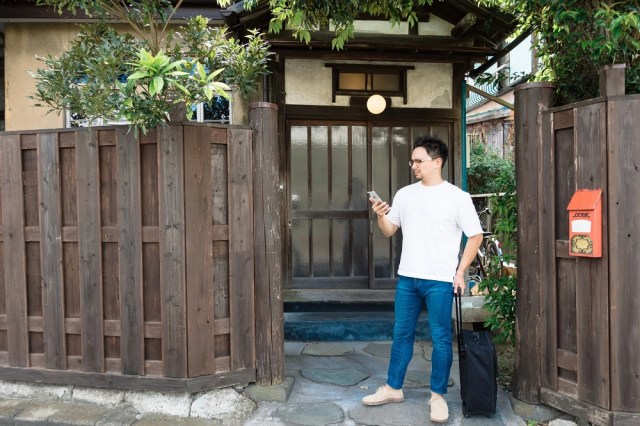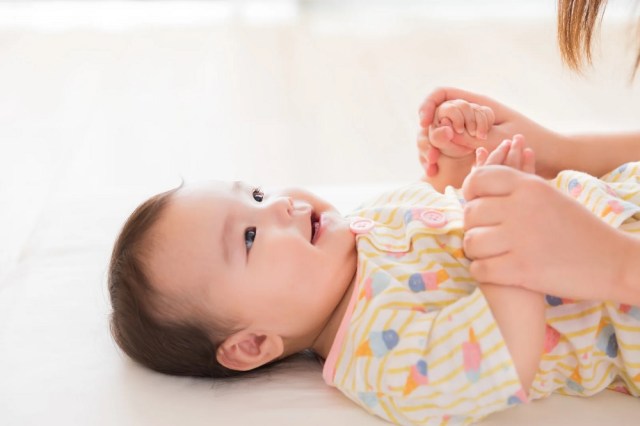Japan’s Japanese population dropping in every part of the country, foreign population rising

Study shows fewer Japanese living in each and every prefecture, opposite for foreign resident number.
This week, the Japanese government’s Ministry of Internal Affairs and Communications released the results of a nationwide population study, based on an examination of residency registrations from across the country as of January 1. It wasn’t a shock to hear the researchers say that Japan’s population is shrinking, but what was surprising was how widespread the decline in the number of Japanese people in Japan has become, as well as the breadth of the increase in the foreign population.
For the first time ever since such records began being kept in 1968, the number of Japanese citizens living in each and every one of Japan’s 47 prefectures dropped. This was the second year in a row for the phenomenon to occur in Tokyo and the first for Okinawa, which has traditionally had one of the highest, if not the highest, birth rate in the country. The Japanese citizen population of Japan fell by roughly 800,000 people last year, representing a 0.65-percent decrease, both of which are the largest such figures since the annual study was first conducted. The numbers of Japanese births and deaths were also the lowest and highest, respectively, since the start of record-keeping for those categories in 1979, the ministry says.
▼ Not so many of these guys these days.

Meanwhile, there was an increase in the number of foreign residents in Japan in every prefecture. The first increase since 2019 brought the number of foreign residents living in Japan up to just under three million, with the largest proportion of the 2,993,839 people living in Tokyo (581,112 foreign residents) followed by Osaka Prefecture (24,963) and Aichi Prefecture (19,326), which includes Nagoya, in distant second and third. Breaking the data down into even smaller demographics showed that 85.8 percent of the 1,747 towns in Japan experienced growth in their foreign resident population.
As with any recent social statistics, the impact of the coronavirus pandemic can’t be ignored. Japan’s already low birth rate dipped even lower during the pandemic, with prospective parents uneasy about the prospect of bringing a baby into the world in such an unsure health and economic situation, and with masking still relatively common in Japan, those wanting to start a family may still be postponing such plans. At the same time, it hasn’t been all that long since the strict pandemic-related difficulties in obtaining work or study visas for foreigners wanting to live in Japan were removed, and pent-up demand has likely been causing an especially strong surge in the number of people moving to the country, especially with the weak yen making it more affordable to use one’s home-country savings to set up a new life in Japan.
That said, the trends of a shrinking Japanese population and an increasing foreign one were already present before the pandemic started, so that being the case across all of the country’s prefectures may be something we’ll continue seeing for some time to come.
Source: NHK News Web, Nihon Keizai Shimbun
Top image: Pakutaso
Insert image: Pakutaso
● Want to hear about SoraNews24’s latest articles as soon as they’re published? Follow us on Facebook and Twitter!
Credit:

0 comments: